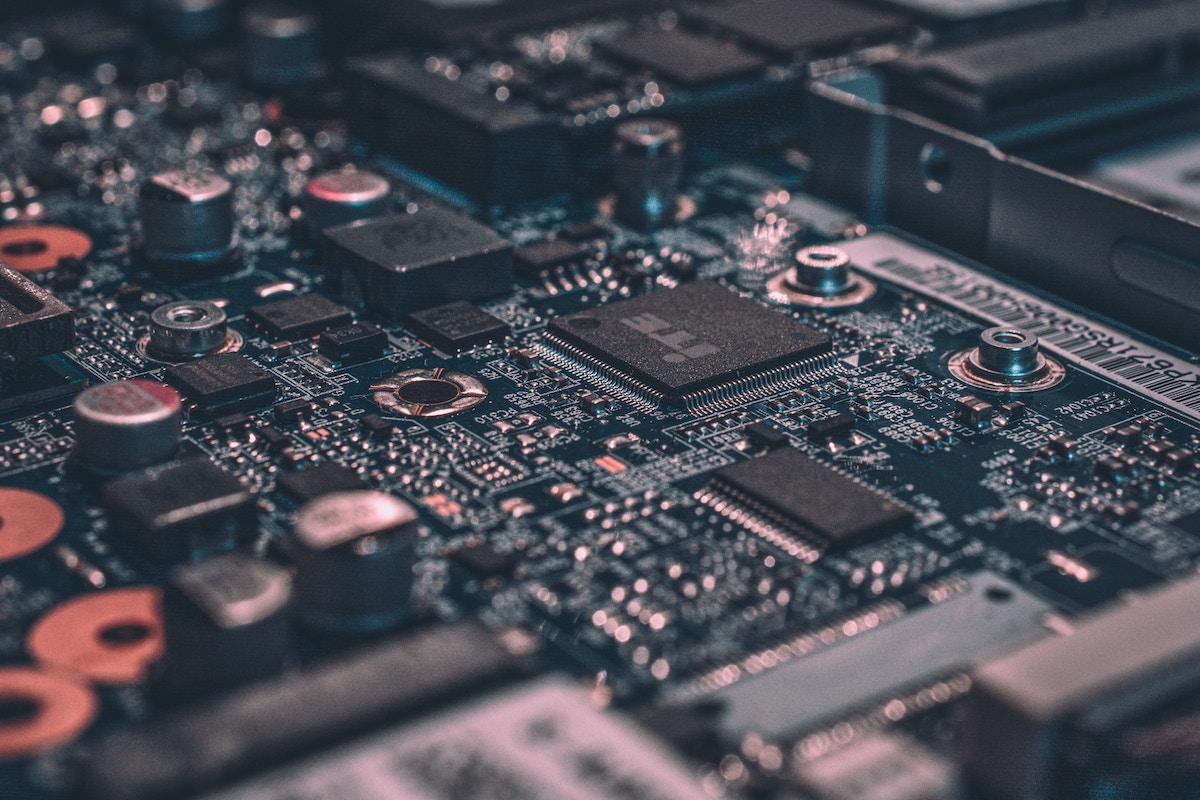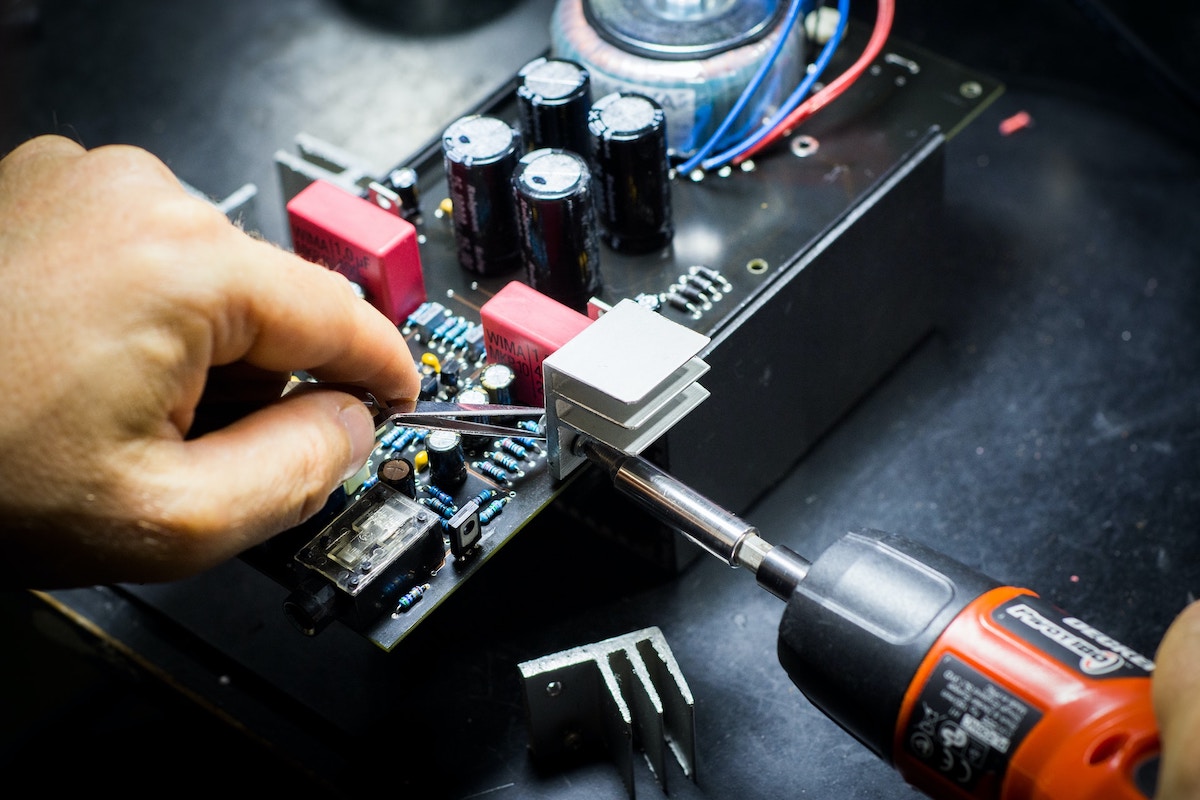Do you run an electronics lab and find yourself in need of a reliable power supply that can be programmed to provide consistent voltage when needed? If so, then investing in a programmable power supply could prove to be immensely beneficial for your facility. Not only does it ensure that you have access to the exact voltage levels necessary for specific projects, but its automated operation increases safety and efficiency within your lab as well.
Keep reading to learn more about how a programmable power supply can help make your electronics lab smarter, safer, and more productive.

Understanding the Benefits of a Programmable Power Supply
Utilizing a programmable power supply in your electronics lab offers a multitude of advantages, with one standout benefit being the unparalleled precision it provides in regulating voltage levels. This allows you to tailor the power supply to suit the specific needs of your projects, ensuring that delicate components are not damaged and accurate measurements can be taken. Additionally, a programmable power supply eliminates the need for manual adjustments, saving time and effort. Furthermore, the automated operation of a programmable power supply greatly reduces the risk of human error, making it a reliable and safe option for your lab.
Selecting the Right Programmable Power Supply for Your Needs
When considering adding a programmable power supply to your electronics lab, select the right one for your specific needs. This includes factors such as voltage range, current capacity, and overall functionality. Some key features to look for in a programmable DC power supply include adjustable output settings, multiple outputs for simultaneous use, and remote control options. It is also crucial to consider the power supply’s accuracy and stability to ensure precise and consistent performance for your projects.
Evaluating Your Current Electronics Lab Setup
Before investing in a programmable power supply, evaluate your current electronics lab setup and identify any areas that may benefit from its use. Consider the types of projects you typically work on and the voltage levels required for each. Are there any limitations or inefficiencies with your current power supply? Would a programmable power supply provide more flexibility and convenience in your lab? These are all essential factors to consider when determining the potential impact of a programmable power supply on your electronics lab.

Setting Up the Programmable Power Supply in Your Lab
Once you have selected the right programmable power supply for your lab and evaluated its potential benefits, it’s time to set it up in your facility. First, make sure to read the user manual carefully and familiarize yourself with all of its features and functions. Then, determine the best location for the power supply in your lab, considering factors such as accessibility, ventilation, and potential interference from other equipment. Follow the manufacturer’s instructions for proper installation, including connecting power cords and any necessary cables. Finally, test the power supply to ensure it is functioning correctly before incorporating it into your projects.
Troubleshooting Common Issues with Programmable Power Supplies
While a programmable power supply offers many advantages for your electronics lab, it is not immune to potential issues. One common problem that may arise is inaccurate voltage readings. This can be caused by incorrect calibration or faulty components within the power supply. To troubleshoot this issue, refer to the user manual for instructions on recalibrating the device or contact the manufacturer for assistance. Another common issue is power supply overload, which can occur if the output settings are not compatible with your project’s requirements. Make sure to carefully select the appropriate voltage and current levels for each use to avoid overloading the power supply. If problems persist, consult a professional for further assistance.
Tips for Maintaining Your Programmable Power Supply
To ensure the longevity and reliable performance of your programmable power supply, it is essential to properly maintain it. This includes regularly cleaning the device to prevent dust build-up, checking for any loose connections or damaged components, and performing routine maintenance recommended by the manufacturer. It is also crucial to store the power supply in a dry and cool environment to avoid potential damage from moisture or temperature fluctuations. Finally, make sure to follow the proper shutdown procedures when not in use and avoid overloading the power supply.
A programmable power supply is a valuable tool for any electronics lab, providing precise voltage regulation and automated operation for increased safety and efficiency. Consider investing in a programmable power supply today to take your projects to the next level. With its many benefits and the potential for increased efficiency and safety, it’s no wonder that more and more facilities are incorporating this technology into their setups.